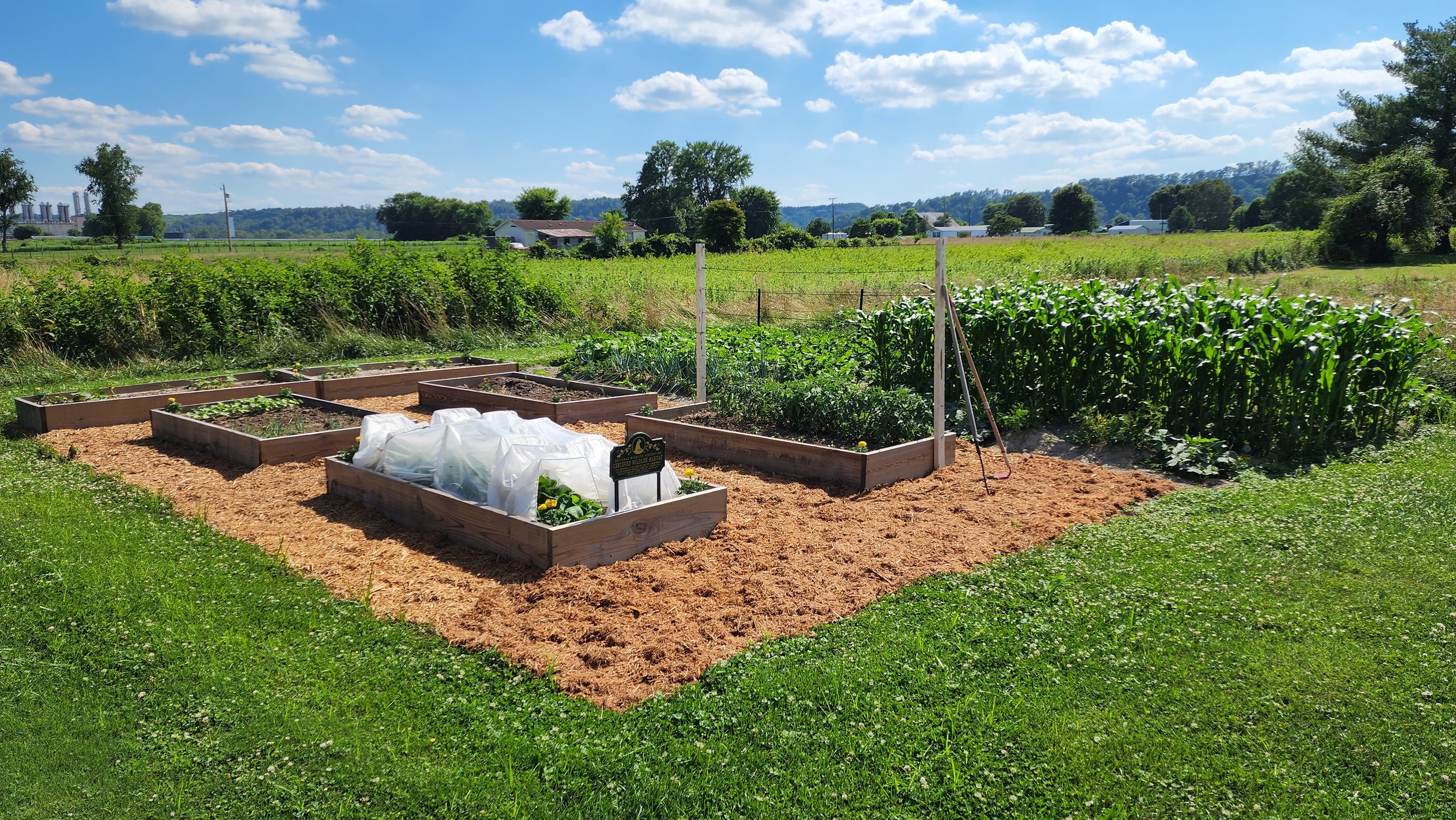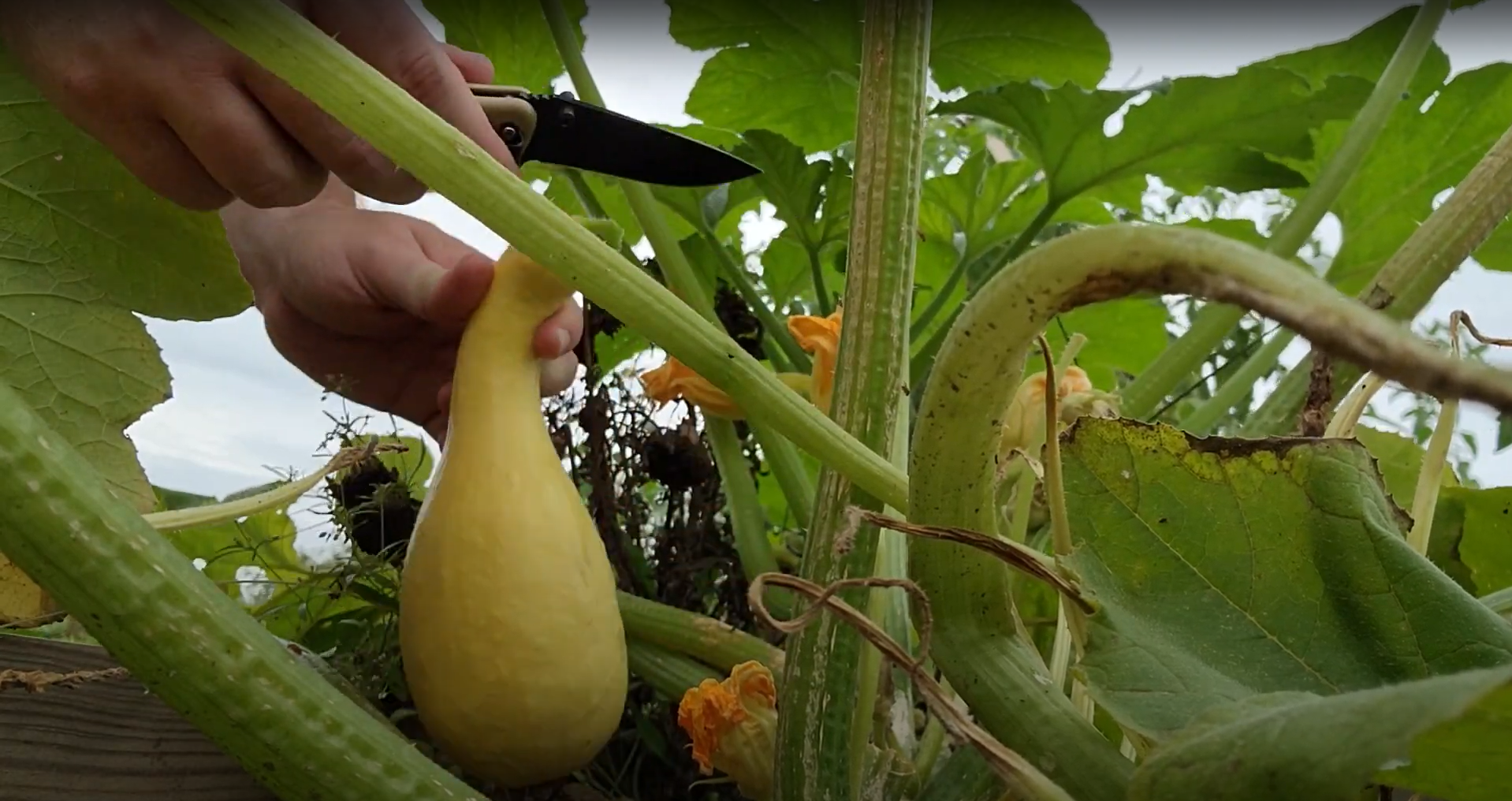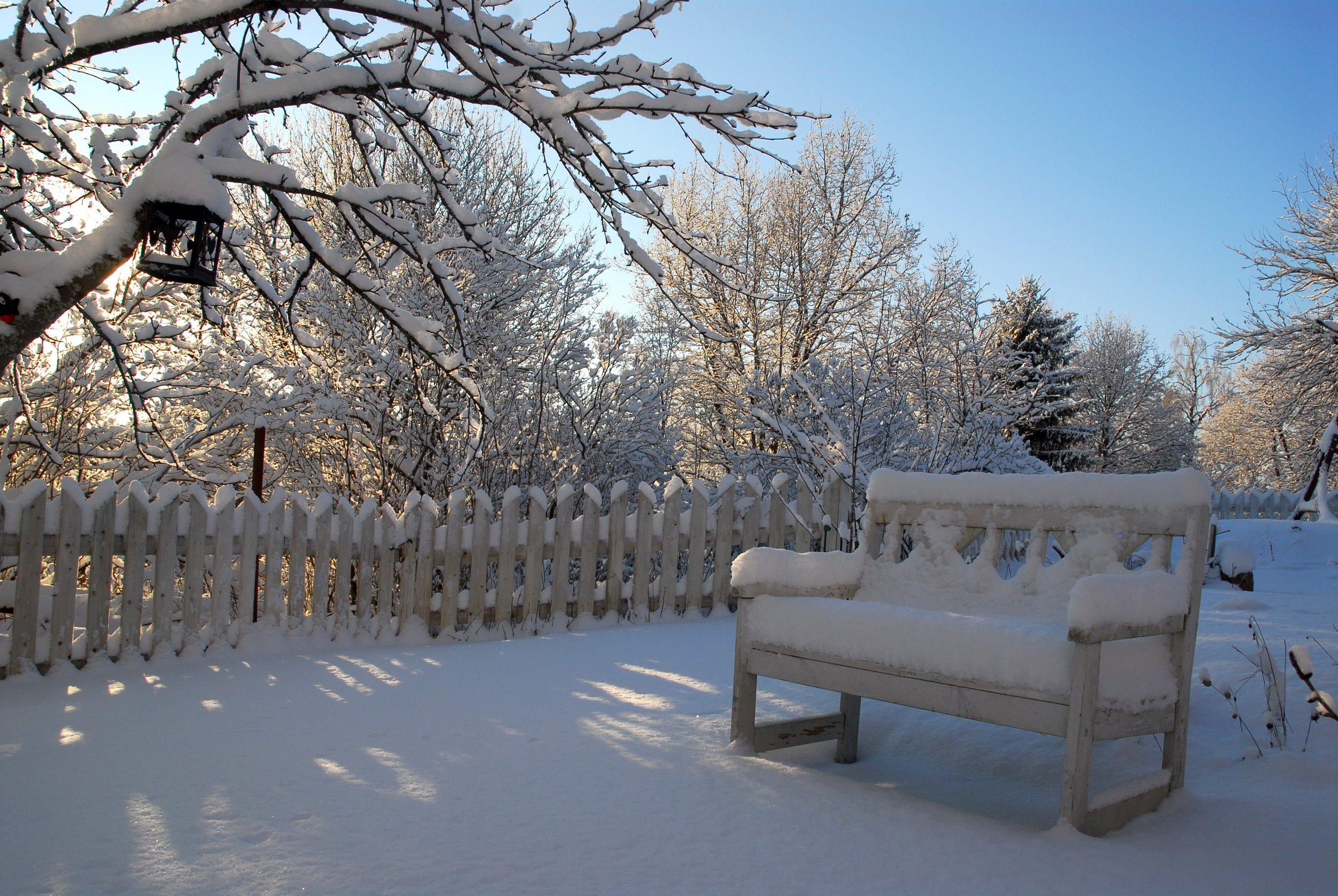To ensure a bountiful harvest and promote healthy growth, it is crucial to understand two essential techniques: pruning and suckering.
Read MoreWhile there are various methods of pest control, using row covers is a simple and effective way to protect your plants from unwanted insects and other pests.
Read MoreIt might not seem like it with the current cool weather, but now is the time to start planting summer crops. One summer favorite is yellow squash.
Read MoreIt's important to "make your bed" and get garden beds ready for their winter slumber. Doing some cleanup and soil work now will help you have an easier start next spring.
Read MoreEarlier this week, I received some troubling photos from Cynthia, one of our readers. The photos featured tomato leaves that were yellowing, wilting, and spotted.
Read MoreIn our last couple blog posts, we’ve looked at couple of common garden critters that can cause headaches for gardeners. In this post, I wanted to look at some easy solutions to consider. Of course, there’s a whole plethora of animals and bugs that would like a tasty feast so here are some general tips to take care of unwanted guests.
Read MoreSlugs are in every garden, and cause more damage than most garden invaders. Commercial slug killers are available, but they can be toxic to birds and other wildlife, and are less effective after rain, when slugs are most active. Here are some natural solutions.
Read MoreDiagnosing plant problems is a bit like playing a game of Guess Who. Through observation, some Googling, and the process of elimination, you can diagnose just about any plant affliction. Here are some tips to help you get started.
Read MoreRust is a common disease that affects many plants. Bean rust is caused by Uromyces phaseoli typica, and it affects common dry and snap, lima, and scarlet runner beans.
Read More









